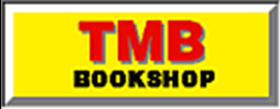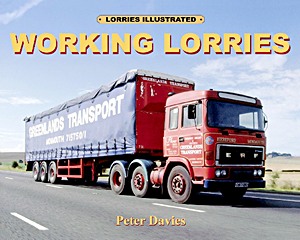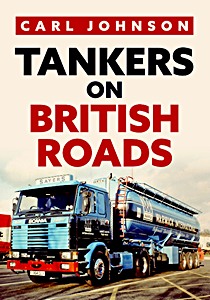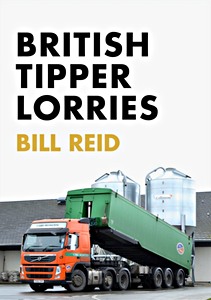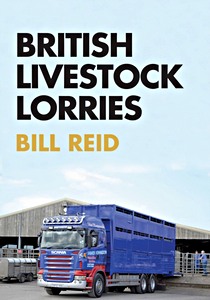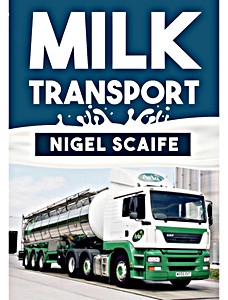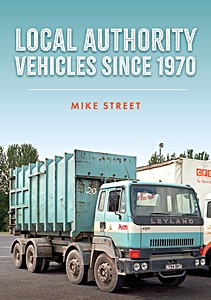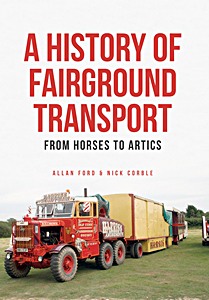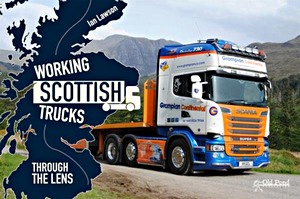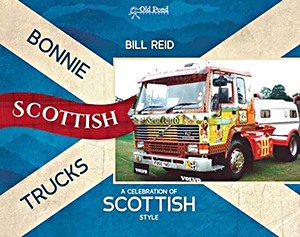British Tipper Lorries
Tipper lorries have been part and parcel of road transport since the beginnings of the age of motor vehicles. In fact their roots are in horse-drawn carts, which were built to tip by balance and gravity.
For many years, and probably still today, the tipper lorry was seen as a dirty, well-worn, poorly maintained and overloaded example of road haulage, not particularly beloved by the general public.
As they are used in all forms from lightweight four-wheelers to maximum capacity artics, carrying almost any commodity that could be loaded in bulk, tipper lorries could be said to be the backbone of British industrial requirements.
All makes of lorries have been used as tippers, with no exceptions, providing a great variety for the road transport enthusiast. Many endure short, hard-worked lives, while others soldier on to greater longevity, perhaps engaged in long-distance work.
As time has passed, lorries have been allowed to carry more weight and become larger and, as a consequence, more powerful. For the transport enthusiast this brought an even bigger variety of types, up to 44 tonnes gross weight, which Bill Reid, with nearly 200 unpublished images, shows in this fascinating book.
| Autor: | Bill Reid |
|---|
| Ausführung: | 96 Seiten, 23.5 x 16.5 x 0.8 cm, kartoniert |
|---|
| Abbildungen: | 180 farbige und s/w-Abbildungen |
|---|
| Verlag: | Amberley Publishing (GB, 2019) |
|---|
